Ovulation Mood Swings: Understanding Your Cycle
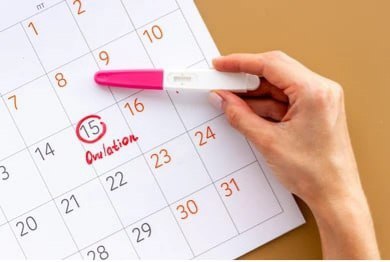
Related products
Menstruation is a naturally recurrent process in women's lives that usually starts from puberty and continues until menopause. The guiding force behind menstruation is the menstrual cycle, an intricate physiological dance coordinated by several hormones and overseen by two key players – estrogen and progesterone.
The menstrual cycle typically lasts about 28 days but varies significantly among individuals. It ranges between 21 and 35 days in adults and even longer for teenagers, which explains its dynamic nature.
This monthly phenomenon comprises four phases:
- The Menstrual phase (from day one of bleeding until day five).
- The Follicular phase (from the start of periods until ovulation).
- The Ovulation phase (which occurs approximately on day fourteen).
- The Luteal Phase(from day fifteen to the end of the cycle).
Each stage has unique hormonal changes impacting physical and emotional well-being.
According to Dr.Jennifer Ashton, Obstetrician/Gynecologist, ABC News' Chief Medical Correspondent, "Women need not churn feeling like prisoners inside their bodies as they experience various shifts during their cycles'. A sentiment backed by countless studies showing how rising levels of estrogen lead to optimism yet irritability due to trigger serotonin fluctuations which balance mood swings". She adds," Understanding these symptoms forms part of self-awareness promoting overall health."
Dr.Sophie Chung further supports this: "Fluctuating hormone levels contribute greatly to varied emotions felt throughout this monthly rhythm."
Delving into extensive research data enlightens us about intriguing statistics linked with Premenstrual Syndrome(PMS)- another major player associated closely with 'mood swing.' According to the American Psychiatric Association, around 90% of women experience at least one premenstrual symptom every month; severe PMS affects an estimated 3%-8% of the population globally. This sheds light upon females' wide spectrum of emotional experiences varying from slight irritation, depression, and anxiety up to severe mood swings around their cycle.
The exploration doesn't end here, as the connection between hormonal fluctuations and psychological health is much deeper. Though often trivialized, mood swings significantly impact a woman's life, ranging from daily activities to major decisions; therefore, recognizing these patterns draws the first step towards healthier living. In conclusion, all hormonally-driven changes during the menstrual cycle significantly influence women's emotive states; hence, shedding light on the ovulation period facilitates understanding such shifts, which feels empowering for many seeking awareness.
Menstruation and Its Phases

Menstruation is a significant process in the human female reproductive system. It is a monthly cycle characterized by the shedding blood and tissue from the uterus if pregnancy has not occurred. This phenomenon is essential to women's health as it regulates hormonal changes that oversee fertility.
There are primarily four phases in menstruation: the menstrual phase, the follicular phase, the ovulation phase, and the luteal phase.
The menstrual phase is the initial stage, often labeled 'Day One,' and generally lasts up to seven days. It witnesses the discharge of unfertilized eggs and the uterine lining through bleeding, marking the end of the previous cycle yet the start of the following cycle.
Following closely comes the Follicular Phase, coinciding on day one and lasting till around the 13th or 14th day (in case of average cycles). During this period, FSH(Follicle follicle-stimulating hormone) levels grow, leading towards the maturation of ovarian follicles, preparing them to release mature eggs. Estrogen hormone rises, aiding the build-up of lining inside the uterus, facilitating nourishment upon fertilization occurrence.
On reaching mid-cycle, approximately Day 14, the ovulation phase emerges. This phase is regarded as the most fertile when ovaries discharge a mature egg traveling down the fallopian tube into the uterus, awaiting potential fertilization, providing the highest chances for conception during the entire monthly rhythm.
Lastly, the Luteal Phase arises between Day 15 and the last menstrual cycle, during which progesterone peaks, causing thickening further within the inner uterine wall, anticipating embryo implantation after successful fertilization. Estrogen drops gradually, bringing the next batch of immature oocytes onto the surface, which will be released in the upcoming monthly round.
These stages pave the road to understanding the body's sophisticated functionality, dictating more than just fertility but overall health. They elucidate the significance of education around this subject matter to destigmatize periods globally and promote healthier dialogues amongst populations across ages and genders.
Hormonal Changes In Each Phase

Understanding the hormonal changes that occur during different phases of the menstrual cycle provides valuable insight into the complicated and intricate workings of the female body.
Starting with the Menstrual phase, the absence of pregnancy leads to a drop in both progesterone and estrogen levels, which signals the shedding of the inner lining of the uterus, resulting in bleeding experienced by women during their period. This phase typically lasts between 3-7 days.
Entering the follicular phase gradually increases FSH (Follicle follicle-stimulating hormone) production, as instructed by the hypothalamus, to stimulate ovaries for maturing follicles containing eggs that are ready to release. Additionally, increasing estrogen levels promotes uterine lining thickening, preparing nourishment in case fertilization takes place simultaneously towards end-stage LH(luteinizing hormone) surges triggering ovulation, inviting the most fertile window of the human reproductive system, facilitating the egg's journey down the fallopian tube.
A sharp rise marks the ushering in of the Ovulation Phase and a quick fall in luteinizing hormone, ultimately leading to the mature egg's release from the dominant ovarian follicle. The noteworthy point is around the time peak fertility is witnessed, making conception a highly probable eventuality under the right circumstances.
With the advent of progesterone, the Luteal Phase sees a progesterone hike, ensuring further uterine wall tissue proliferation and anticipating successful implantation in case a fertilized embryo exists. At the same time, estrogen dips again, orating an upcoming batch of immature oocytes onto the surface—all meticulously designed natural rhythm womanhood awaiting the start of a whole new cycle showcasing extraordinary engineering behind reproduction every month.
Being aware of how these dynamics play out enables individuals to better foresee what to expect. This allows them to navigate through the myriad symptoms they experience throughout the month, such as bloating cramps and even emotional shifts like irritability or sadness, fostering improved overall well-being.
Ovulation Mood Swings

Emotional shifts or mood swings commonly associated with ovulation emerge as a poignant hallmark for many women across the globe. A substantial body of research points towards hormonal fluctuations, specifically estrogen and progesterone levels, being the chief culprits behind these emotional roller coasters experienced by females during menstrual cycles.
To delve deeper into this phenomenon, just before the ovulation phase commences around mid-cycle day 14, a significant surge in estrogen and LH(luteinizing hormone) secretion occurs to facilitate egg release. Higher estrogen characteristically influences upbeat moods, yet its sudden fall post-ovulatory period paves the way for more intense feelings such as irritability and sadness, leading towards mood swings, which are often mistaken for PMS (Premenstrual Syndrome).
Afterward, the emergence of the Luteal phase witnesses a hike in progesterone alongside a slight rise again, followed by a consistent drop near the cycle's end, aiming to trigger the next round of monthly reproductive dance. Distinctive characteristic progesterone causes lethargy and sleepiness, sometimes paving the inception of various depressive symptoms like feeling down and anxious just a few days following ovulation, thus distinguishing it from conventional feeling low, usually linked to Premenstrual syndrome that typically starts a week before periods due.
It remains fascinating how hormones exhibit incredible dominance over both bodily functions. Our emotive states elucidate an enhanced understanding of science, and menstruation plays a crucial role in fostering balanced, healthier lifestyles, honing individuals' self-awareness journey through their reproductive system's complexities.
Frequently Asked Questions
What time of ovulation do you get mood swings?
Mood swings commonly occur a few days before and after ovulation, around mid-cycle.
What phase of your cycle are you most emotional?
The Luteal phase that follows ovulation is typically when most emotional fluctuations are experienced due to dipping hormone levels.
When is the mood lowest in the cycle?
The mood tends to be lowest near the end of the cycle as Estrogen and Progesterone fall consistently nearing menstruation.
How do you deal with ovulation mood swings?
Dealing with ovulation mood swings involves embracing self-care routines like exercising and maintaining a balanced diet, besides seeking professional help if they become overwhelming. Meditation, yoga, or other relaxation techniques often prove beneficial, too.
When are you saddest in your cycle?
Sadness usually peaks during the late luteal stage, just before the onset of menstrual bleeding, owing to a declining hormonal constitution.
What part of your cycle are you happiest?
Females generally feel happiest during the Follicular Phase leading up to ovulation, which is attributed to elevated estrogen secretion, which promotes upbeat feelings and optimism overall.
Bottom Line
Menstruation is a natural monthly process experienced by women. It is marked by four distinct phases: the Menstrual phase, Follicular phase, Ovulation phase, and Luteal Phase. Each stage has unique hormonal changes that impact not only physical health but also emotional well-being.
It's vital to understand the correlation between hormones and psychological health deeper than appears, making managing mood swings a crucial component of an overall wellness strategy, paving the way for healthier living and empowering individuals through comprehensive awareness of their bodies, thereby encouraging open dialogue around menstruation breaking taboos fostering improved societal outlook towards such normal biological phenomena.













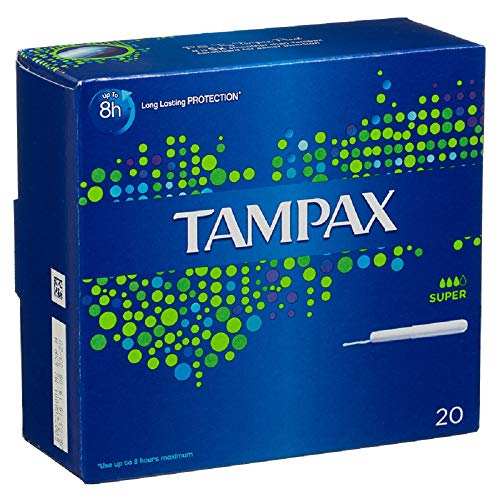
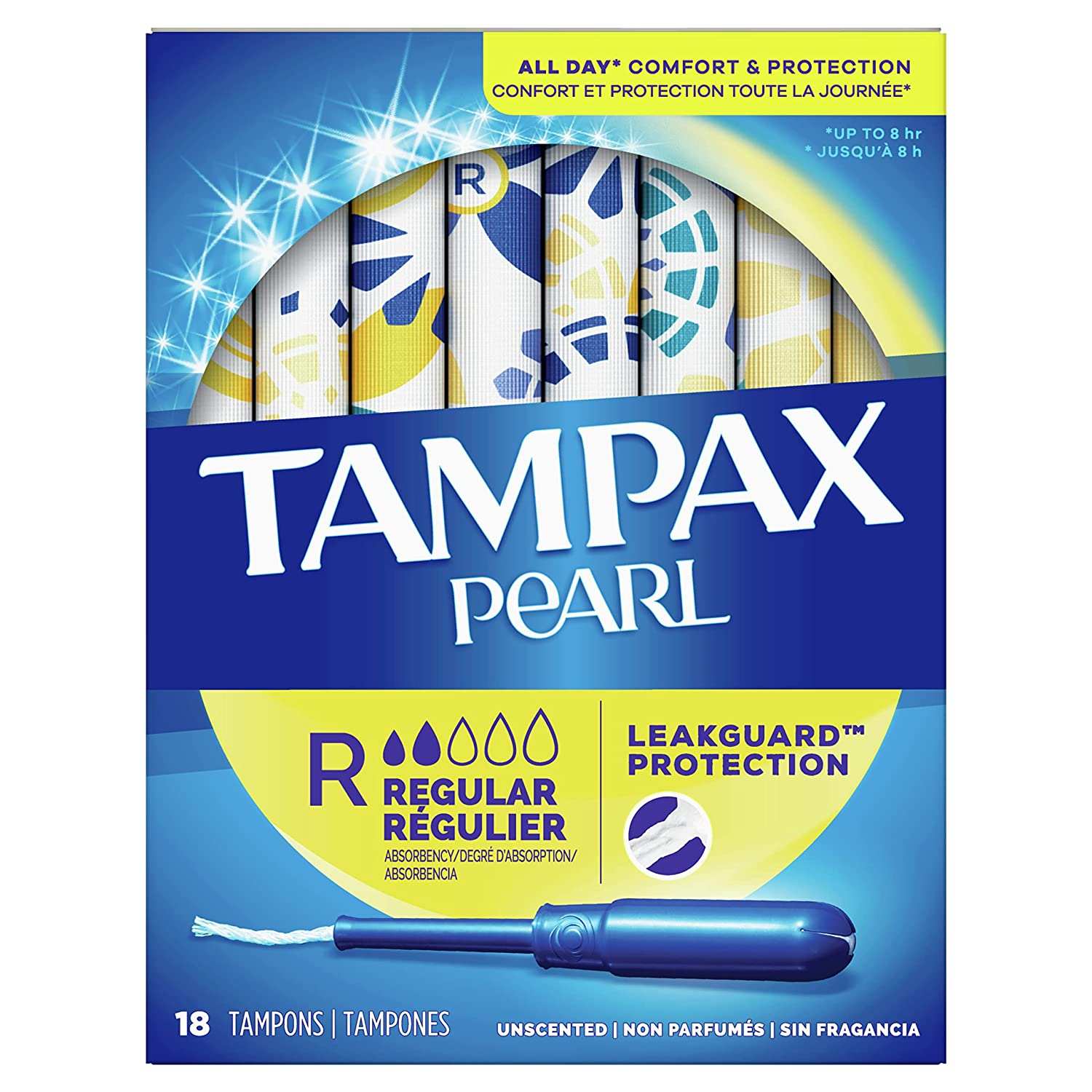

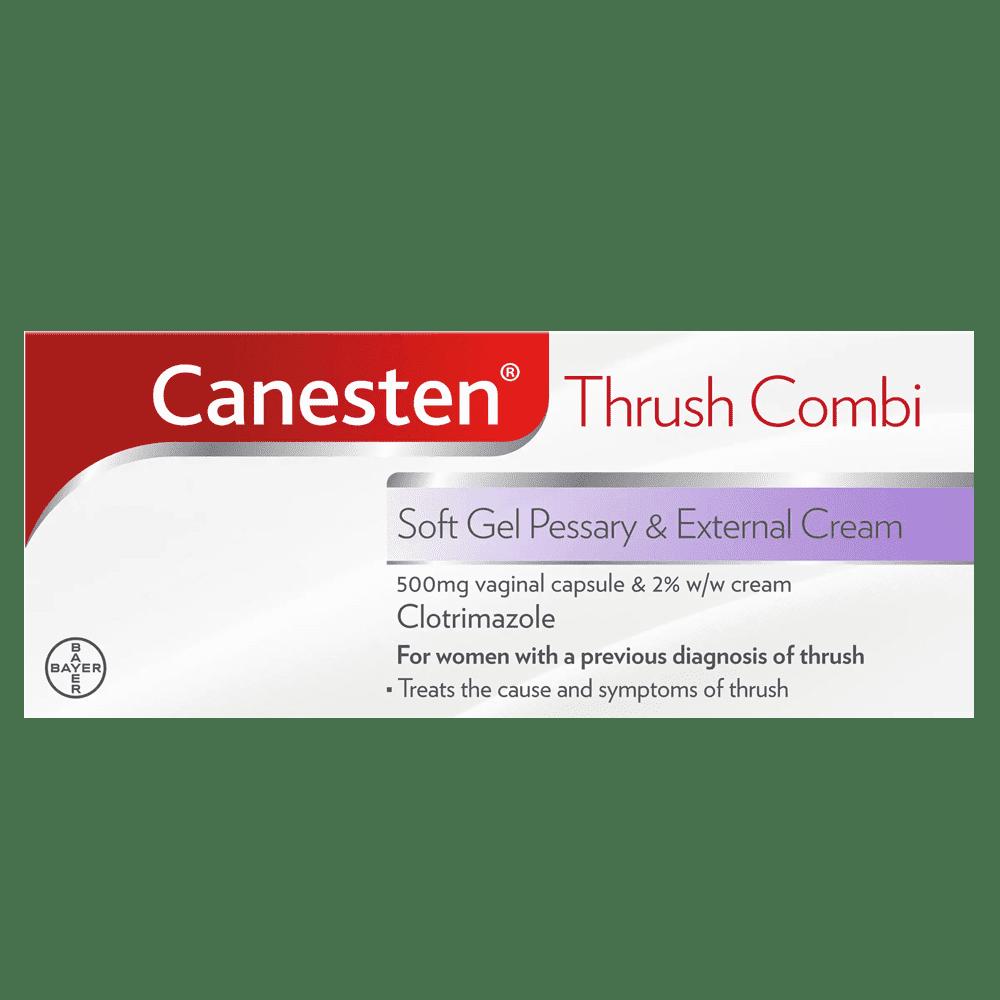













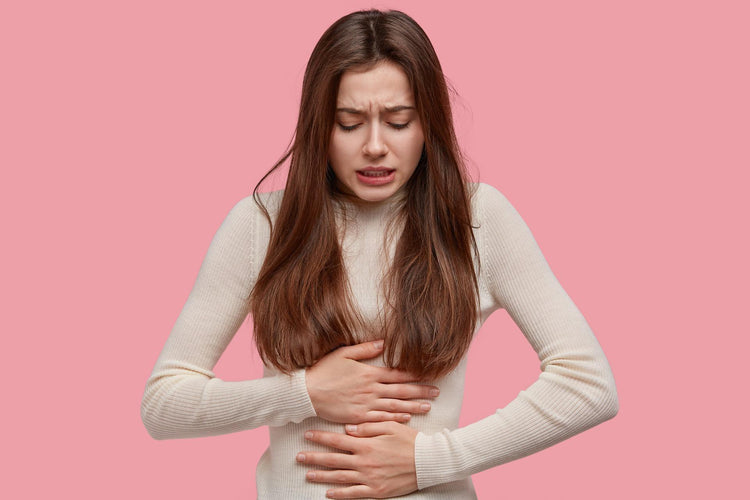
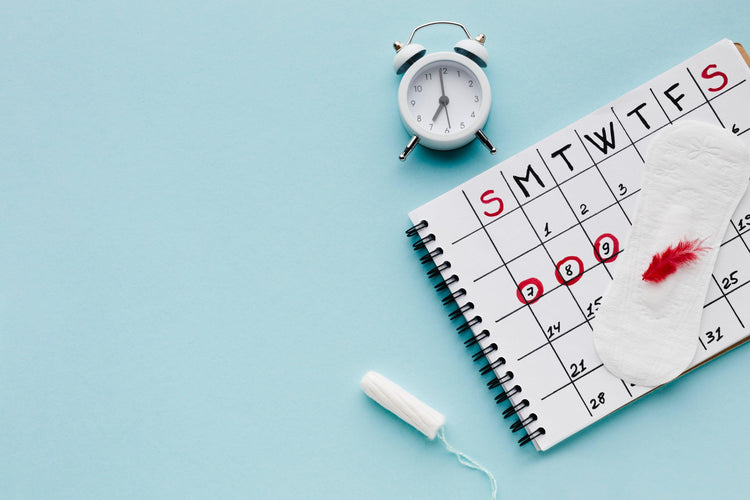


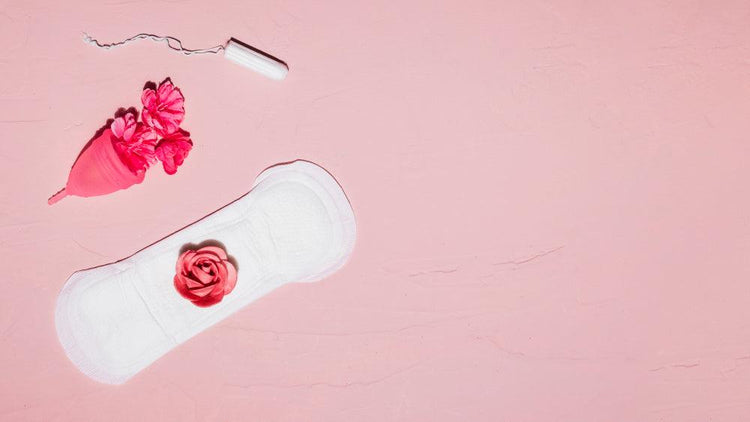
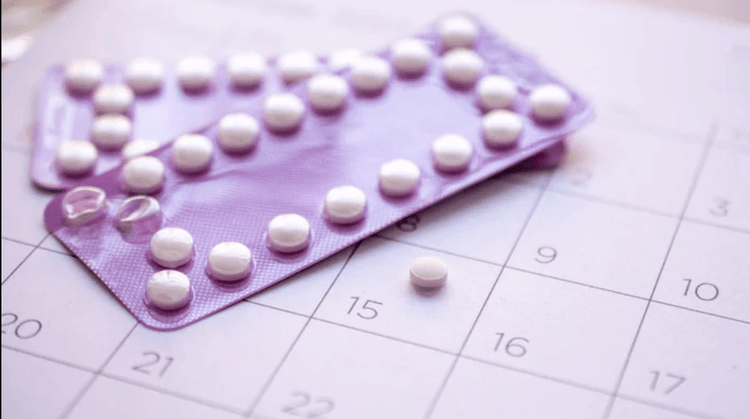
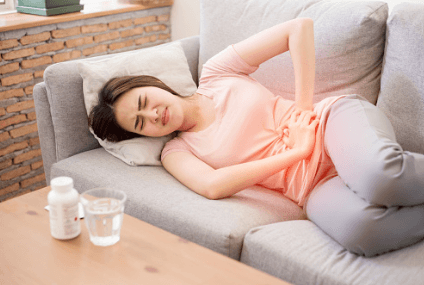

 Rated Excellent by 26,523+ Reviews
Rated Excellent by 26,523+ Reviews